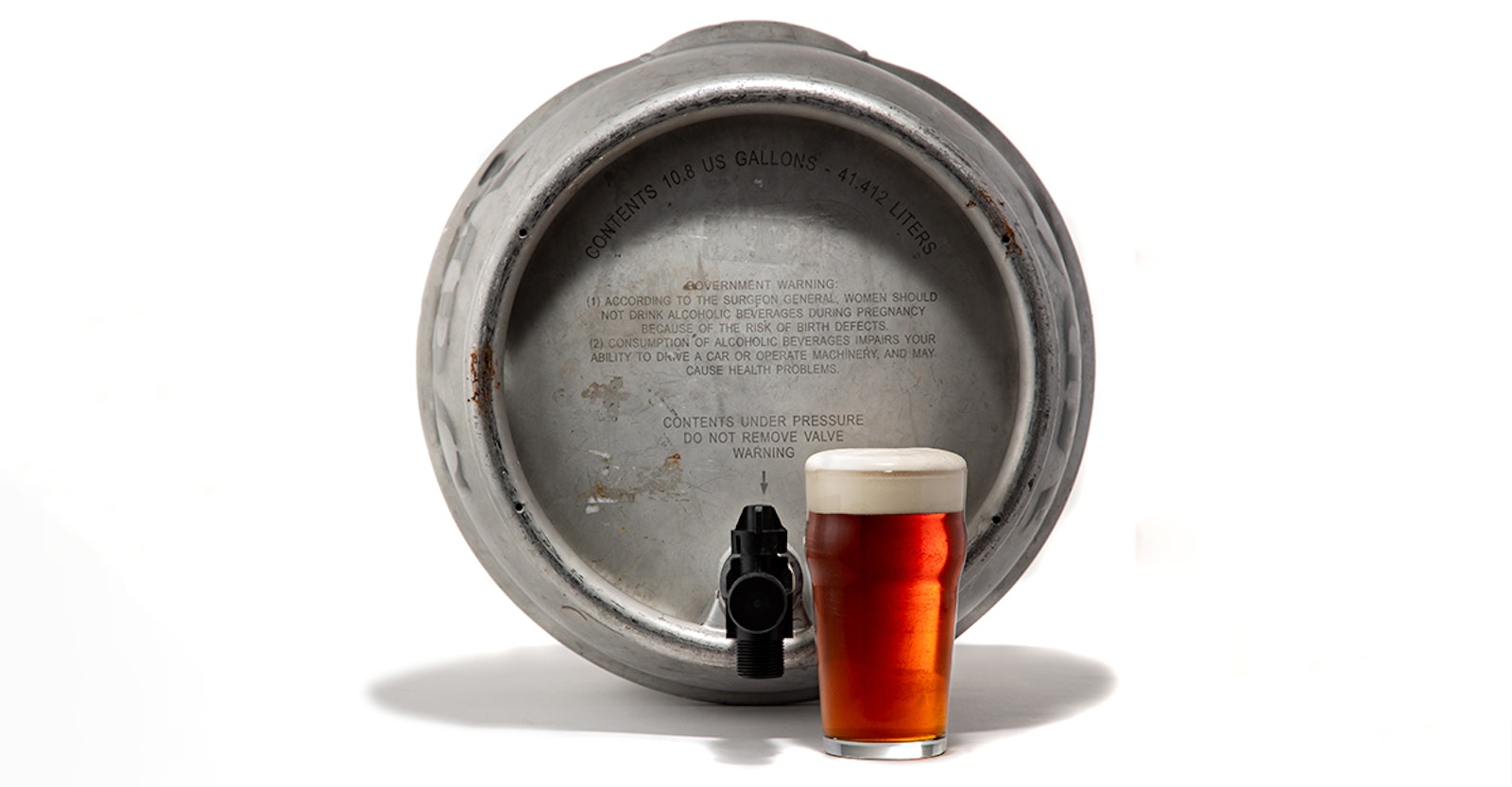I initially developed this as a “crash” recipe—I needed a beer fast, and it needed to stand out. This did the trick in two weeks. Play with it—this one will vary based on any number of decisions related to recipe, process, and service.
You can brew this for keg or bottle if you want—or, you can serve it as cask ale without spending a ton on fancy equipment: See Brewing and Conditioning Cask Ale at Home, Simplified.
ALL-GRAIN
Batch size: 5 gallons (19 liters)
Brewhouse efficiency: 72%
OG: 1.039
FG: 1.010
IBUs: 23
ABV: 3.9%
MALT/GRAIN BILL
6.5 lb (2.9 kg) Maris Otter
8 oz (227 g) British crystal 45L
4 oz (113 g) British crystal 90L
HOPS & ADDITIONS SCHEDULE
1 oz (28 g) East Kent Goldings at 60 minutes [19 IBUs]
1 oz (28 g) East Kent Goldings at flameout/whirlpool [2 IBUs]
1 oz (28 g) Fuggles at flameout/whirlpool [2 IBUs]
0.5 oz (14 g) Fuggles at dry hop
3 tsp isinglass (or other finings, per instructions) at secondary
YEAST
Wyeast 1318 London Ale III
DIRECTIONS
Mill the grains and mash at 152°F (67°C) for 60 minutes. Vorlauf until the runnings are clear, then run off into the kettle. Sparge and top up as necessary to get about 6 gallons (23 liters) of wort—or more, depending on your evaporation rate. Boil 60 minutes, adding hops according to the schedule. If whirlpooling: After the boil, stir to create a vortex, allow the wort to cool to 180°F (82°C), add whirlpool hops, and steep for 10 minutes. Chill the wort to about 65°F (18°C), aerate well, and pitch the yeast. Ferment at 65°F (18°C) for 3 days, then allow the temperature to rise to 68°F (20°C) and hold there 4 more days. Transfer to sanitized service vessel (cask or keg) and add the dry hops. After 3 days, add the finings. Crash to 35°F (2°C)—or, if possible, condition at cellar temperature (52–57°F/11–14°C) and target 1.1 volumes of natural carbonation. Serve when ready.
BREWER’S NOTES
Compared to the classic bitter recipe on which this is based, I’ve added more mid-range Lovibond caramel character to accentuate the malt and provide a richer backdrop for the dry hops.
If you’re going the conventional cask-service route, plan on drinking quickly. However, if serving on CO2, you’ll find that the beer evolves into a richly complex, malt-forward pub ale.

